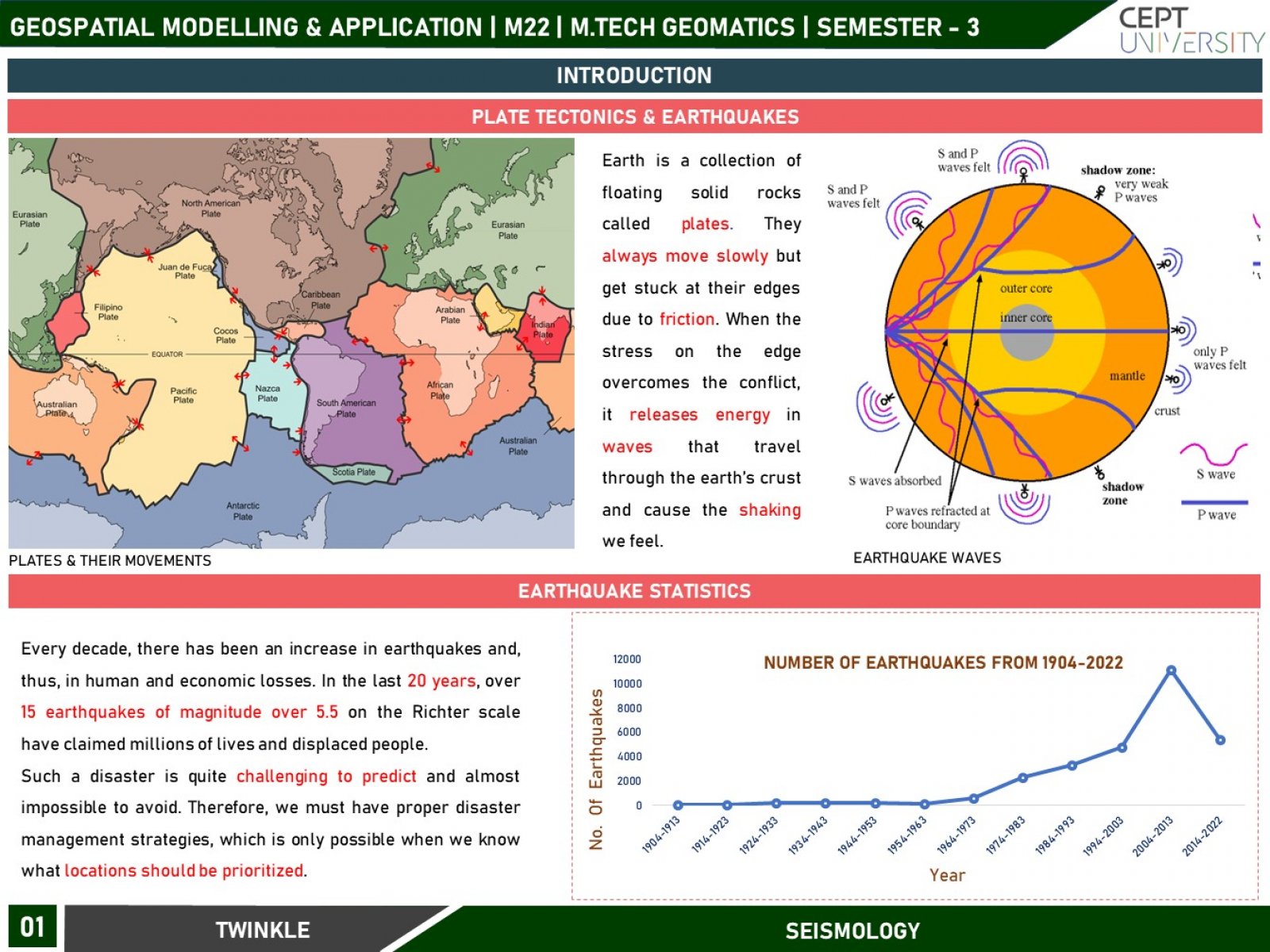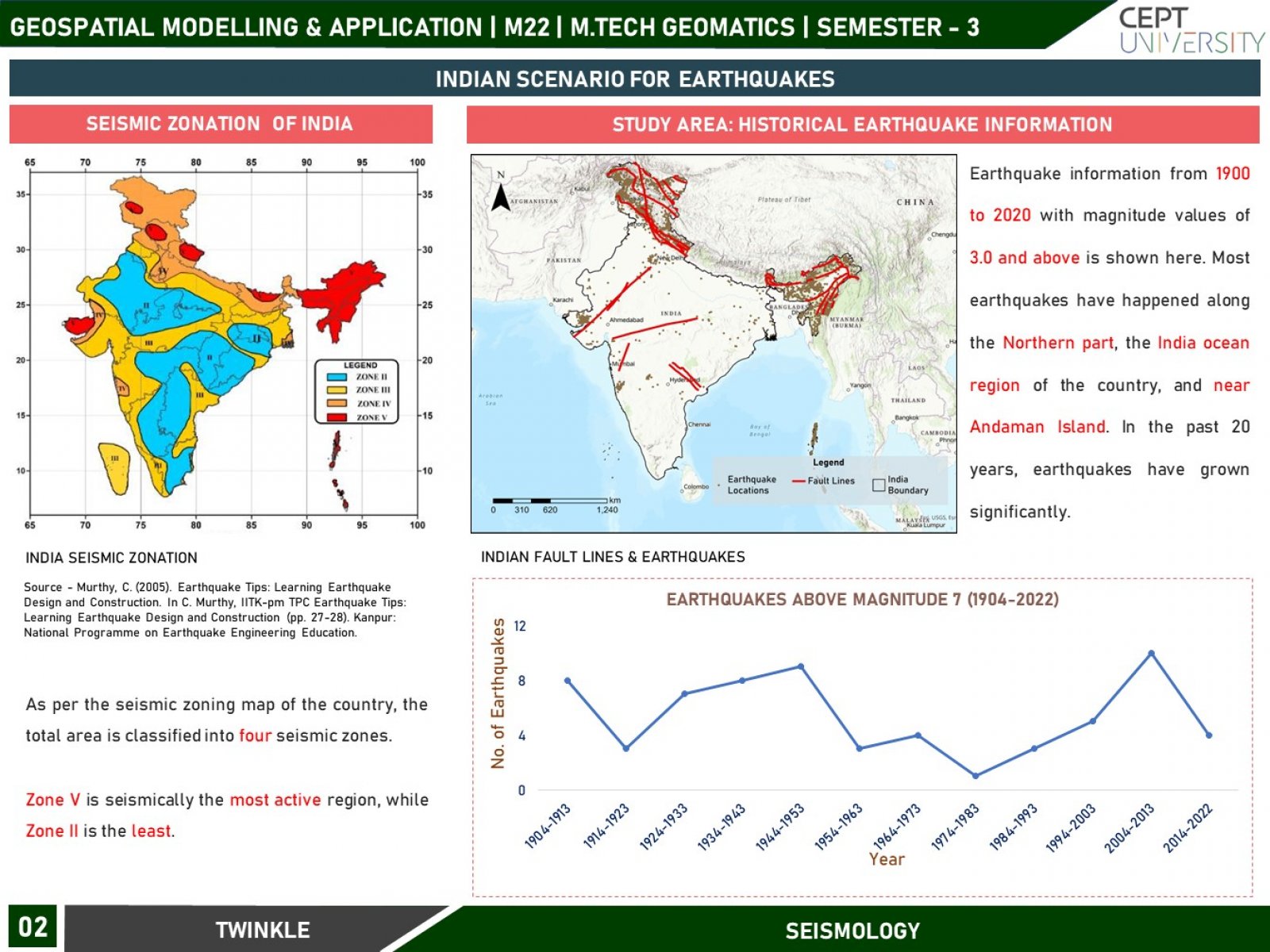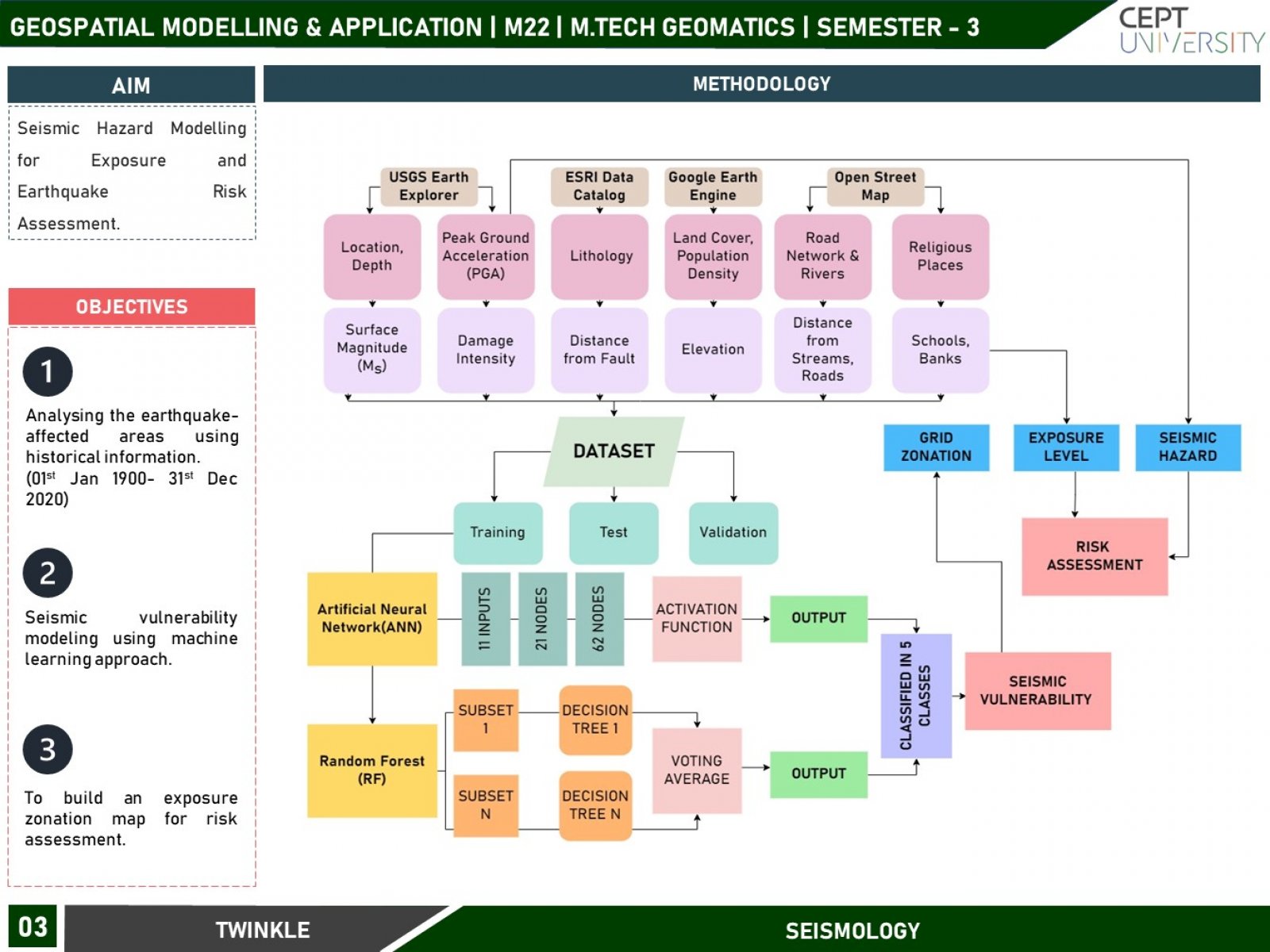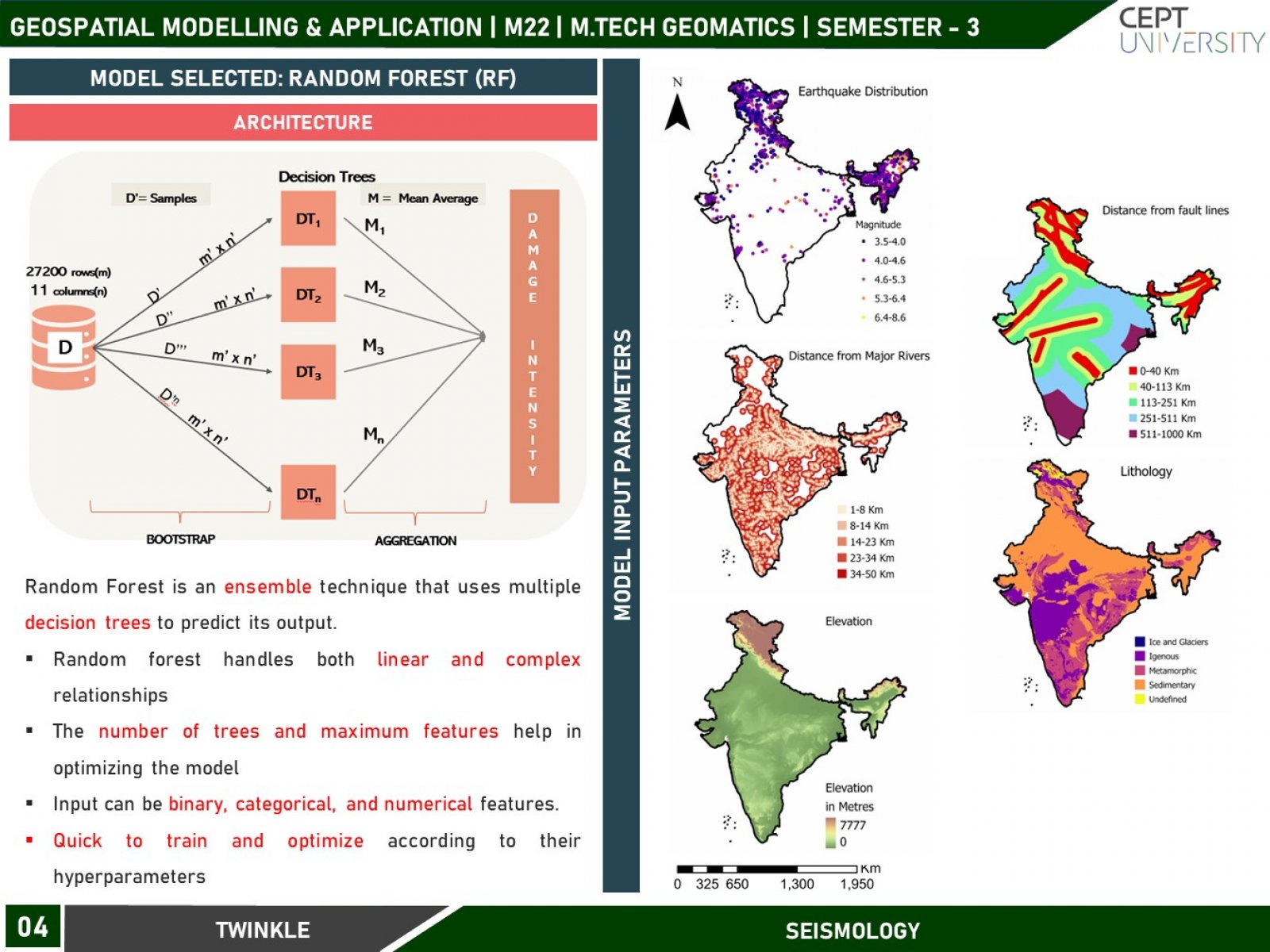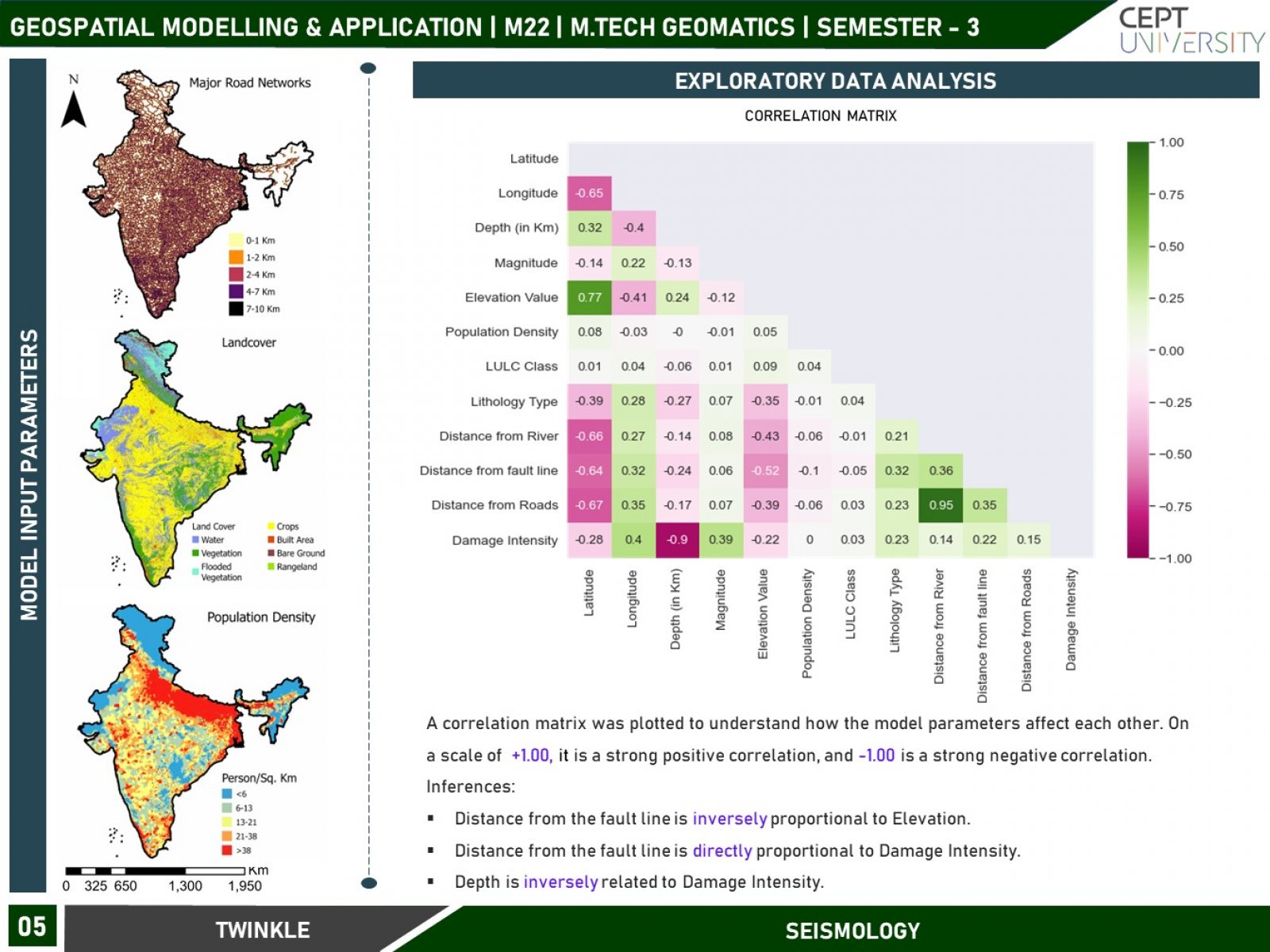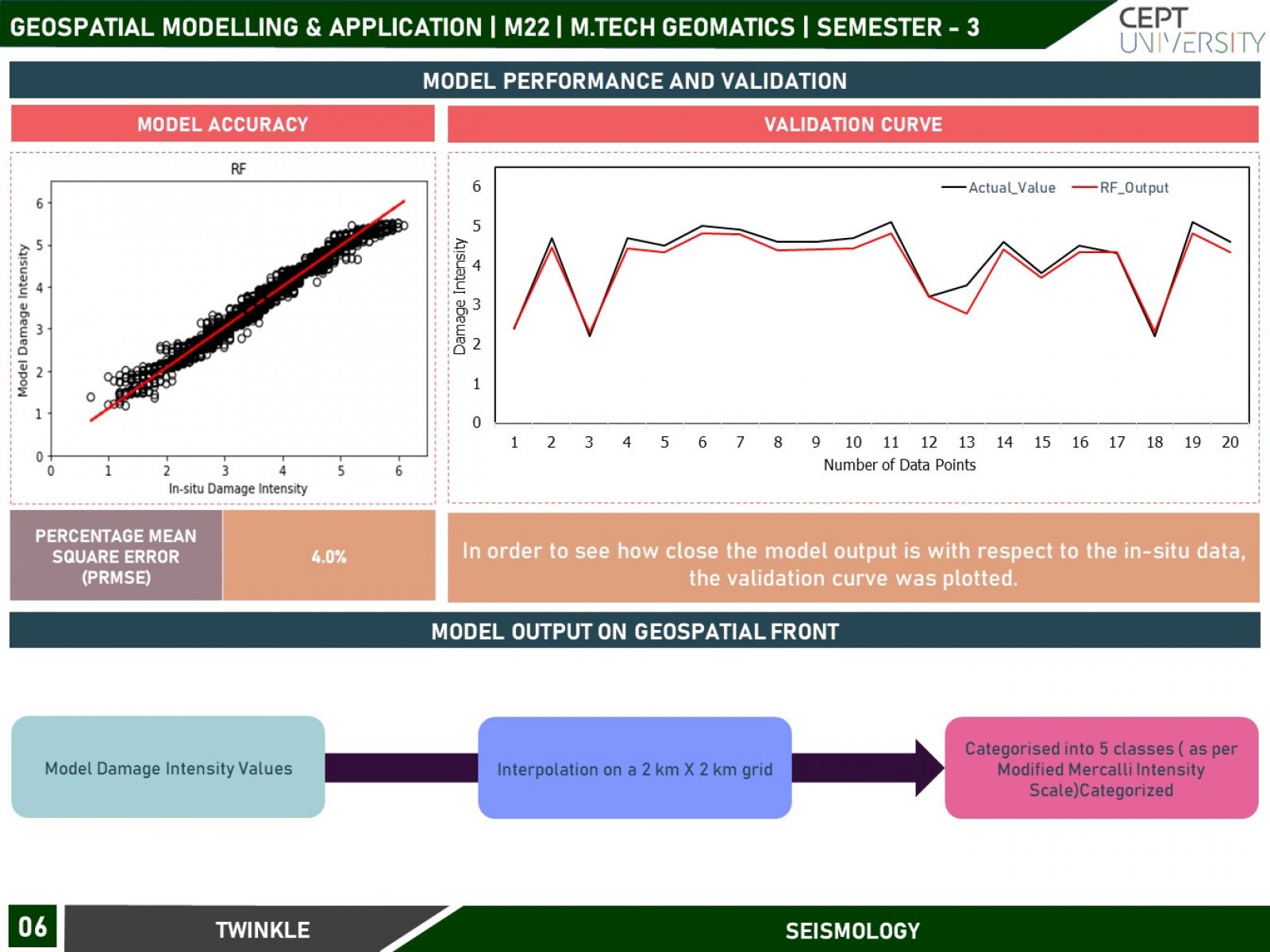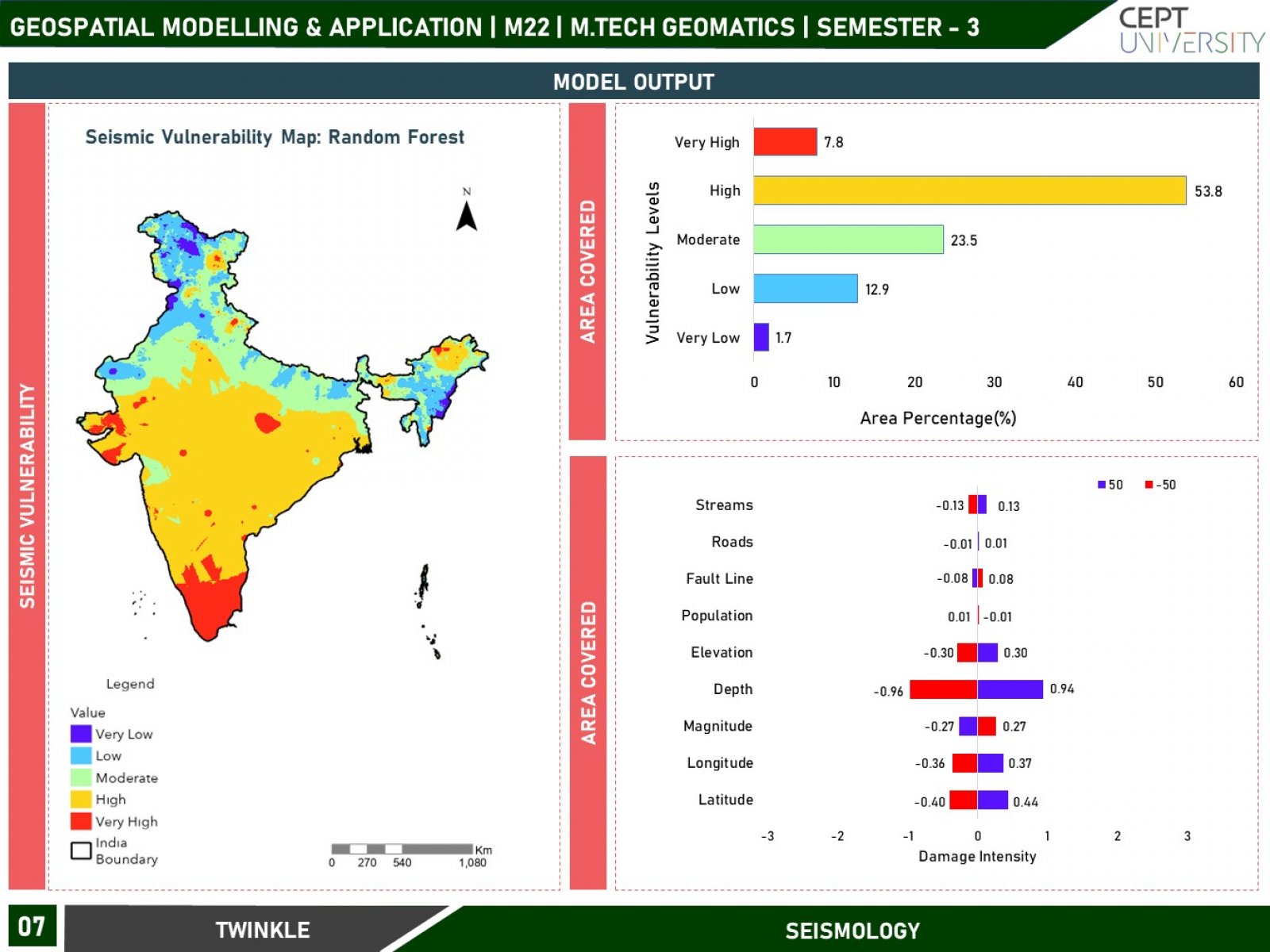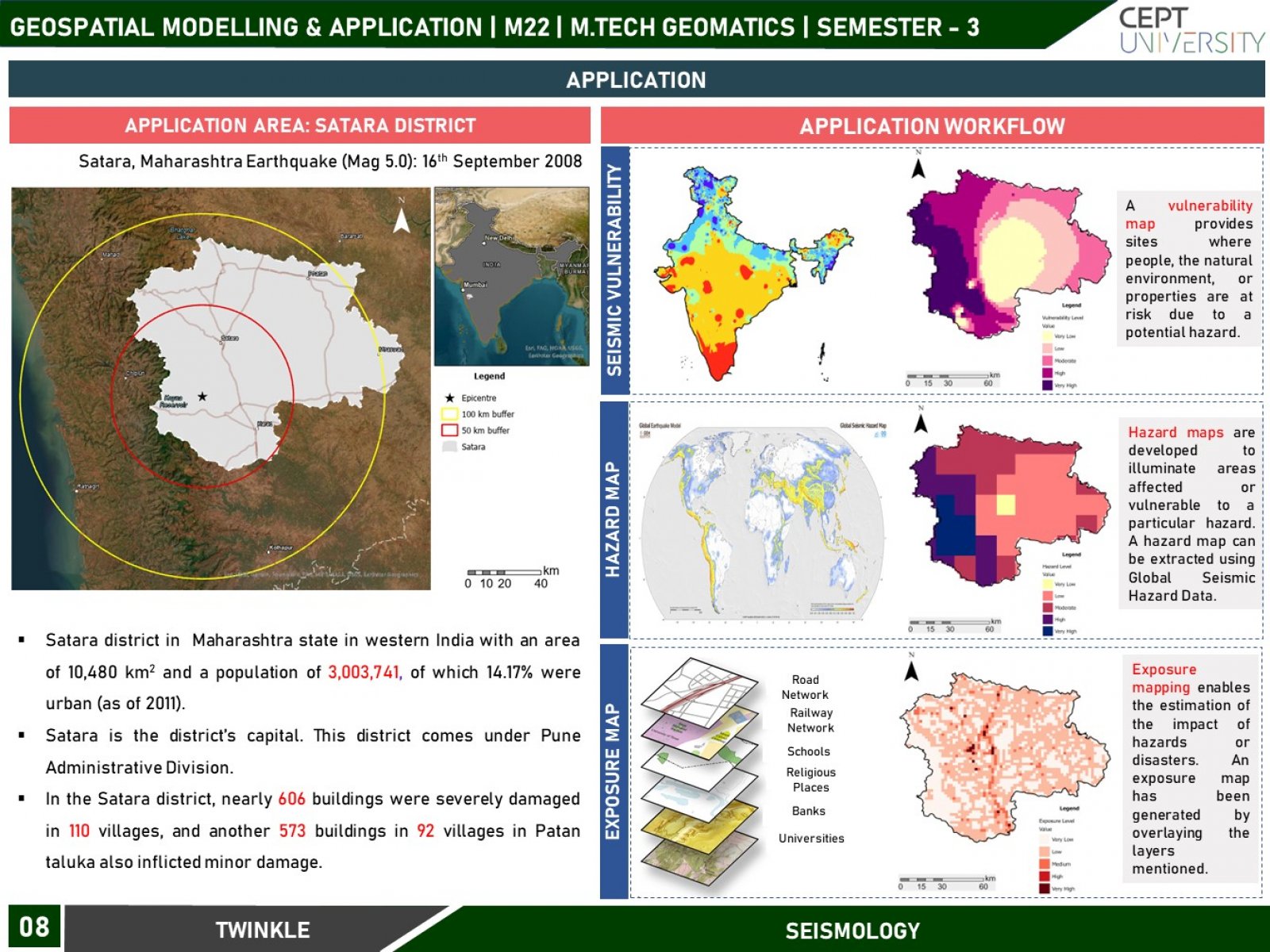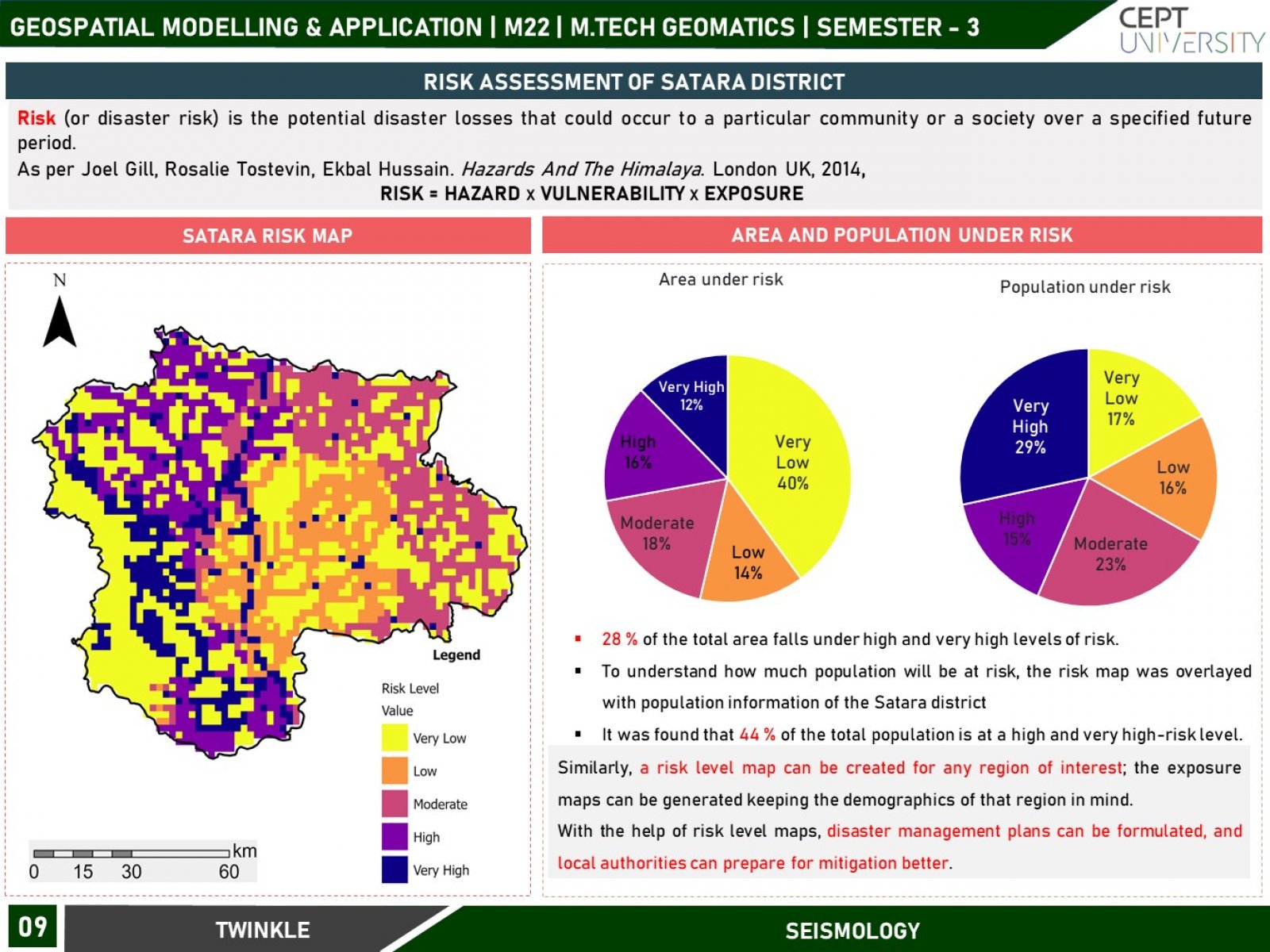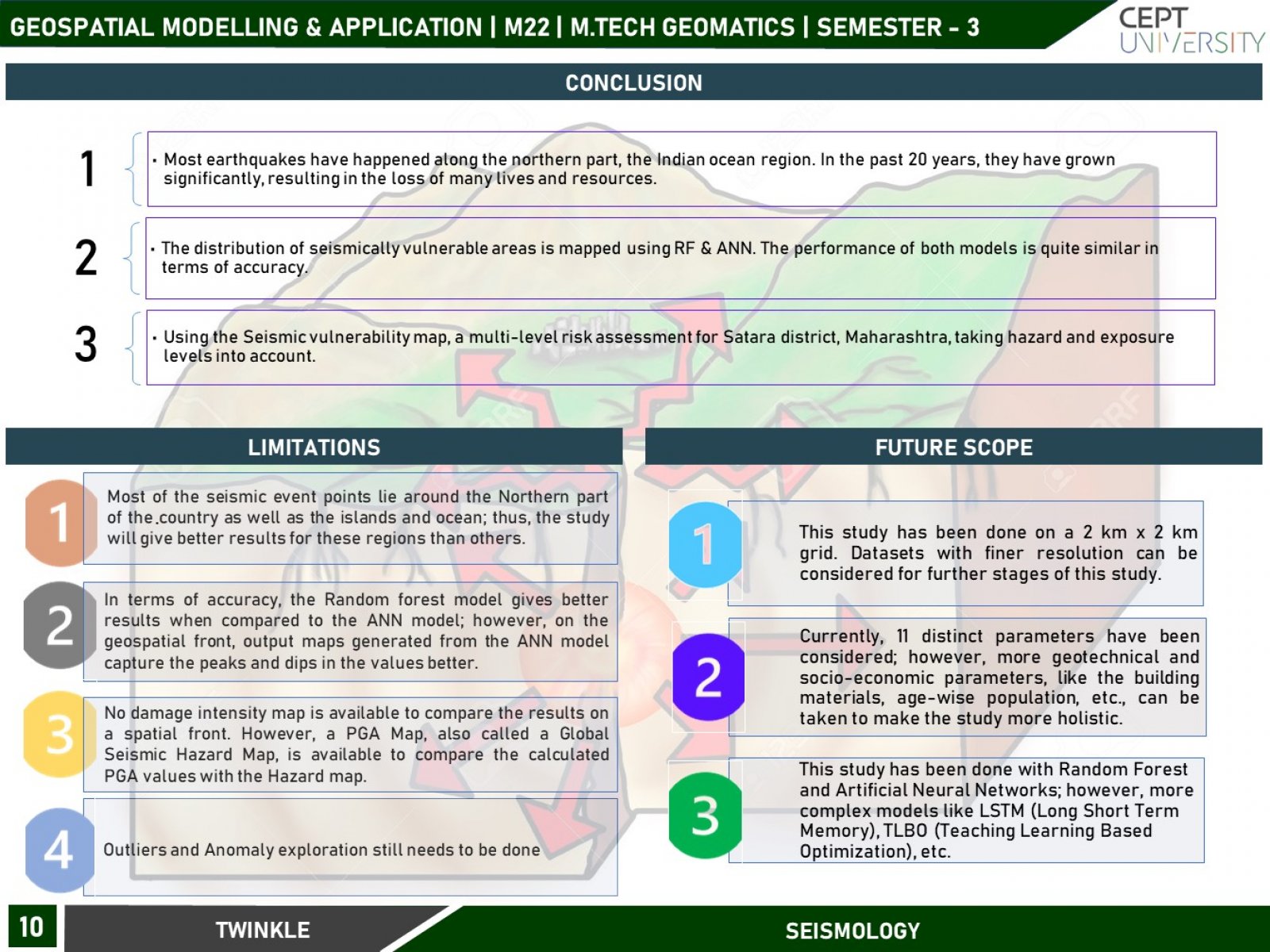Your browser is out-of-date!
For a richer surfing experience on our website, please update your browser. Update my browser now!
For a richer surfing experience on our website, please update your browser. Update my browser now!
As per plate tectonics theory, Earth is a collection of floating solid rocks called plates. These plates always move slowly but get stuck at their edges due to friction. When the stress on the edge overcomes the friction, an earthquake releases energy in waves that travel through the earth's crust and cause the shaking that we feel. Every decade there has been an increase in earthquakes, thus, resulting in human and economic losses. Such a disaster is quite challenging to predict and almost impossible to avoid. Therefore we must have proper disaster management strategies, which is only possible when we know what locations should be prioritized. Keeping these things in mind, this study focuses on assessing the seismic vulnerability of our country based on various parameters using machine learning algorithms to determine the vulnerable areas and have mapped it out on a 2 km X 2 km grid.
